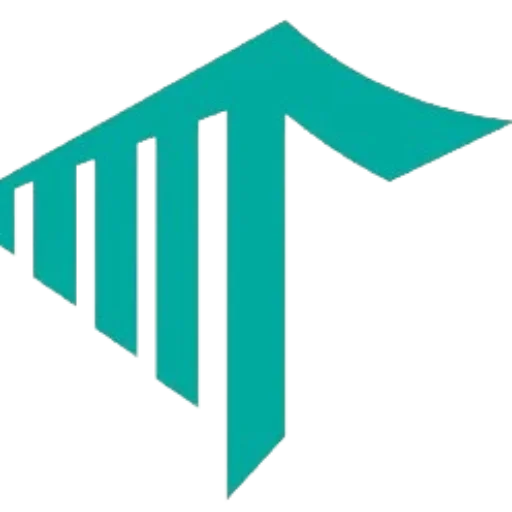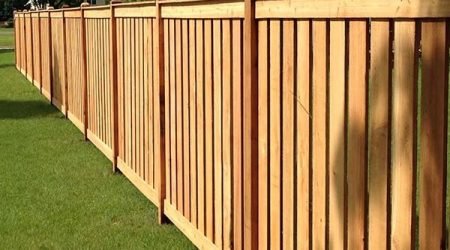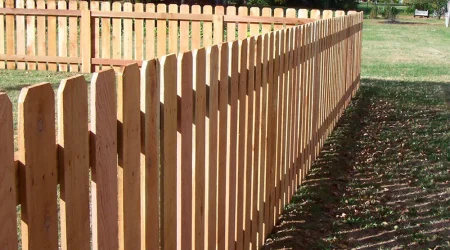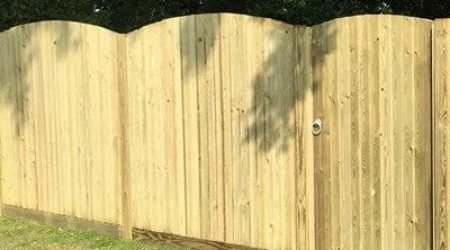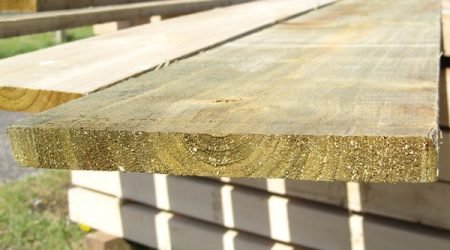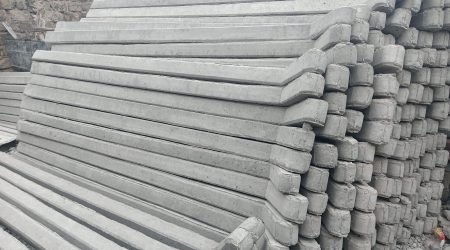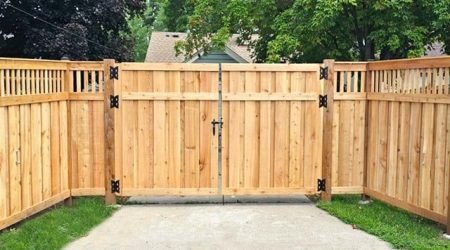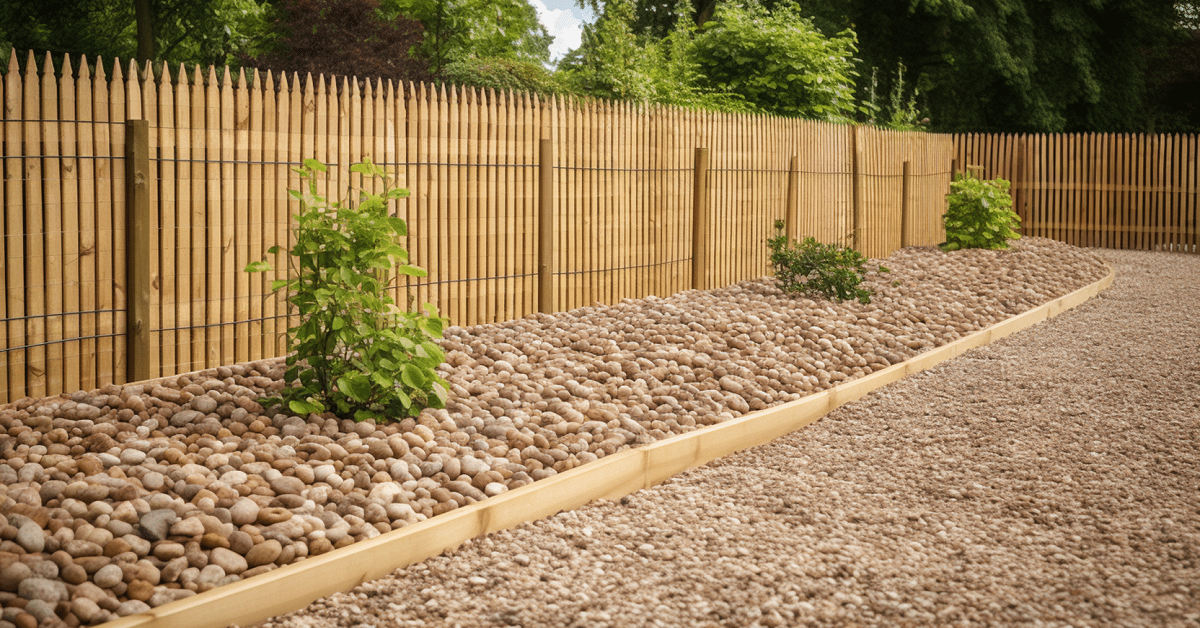When it comes to building a fence, many people overlook the importance of a solid foundation. Gravel Boards for fencing are the unsung heroes that provide essential support and longevity to fences. Let’s explore why gravel boards are a crucial element for any sturdy and durable fence.
Table of contents
What are Gravel Boards?
Gravel Boards for fencing are the horizontal boards placed at the base of a fence. They serve as a barrier between the fence panels and the ground, protecting the panels from moisture and rot. These boards come in various materials, each offering unique benefits.
Types of Gravel Boards
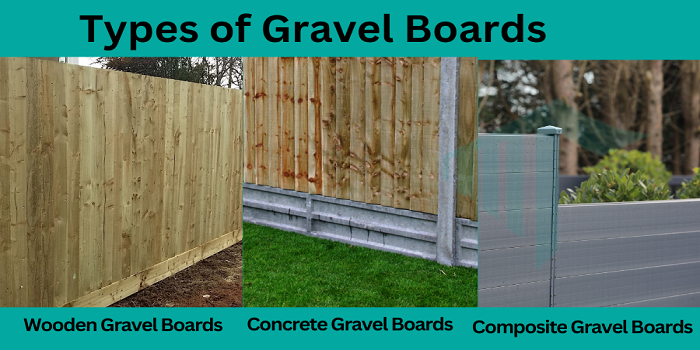
Wooden Gravel Boards
Wooden gravel boards are popular for their natural look and versatility. They blend well with wooden fences, enhancing the overall aesthetic.
Concrete Gravel Boards
Concrete gravel boards are known for their strength and durability. They are ideal for areas prone to heavy moisture or where a longer-lasting solution is needed.
Composite Gravel Boards
Composite gravel boards combine the best of both worlds: the durability of concrete and the aesthetic appeal of wood. They are resistant to rot and require minimal maintenance.
Benefits of Using Gravel Boards
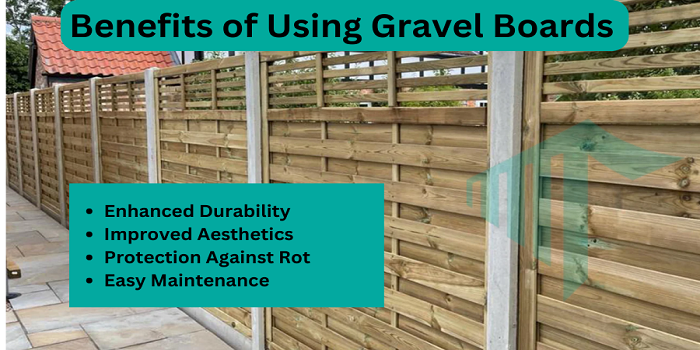
- Enhanced Durability
Gravel boards extend the life of your fence by protecting it from ground moisture and rot. This added layer of protection ensures your fence stands strong for years.
- Improved Aesthetics
With gravel boards, your fence has a neat and finished look. They provide a clean base that complements the fence panels.
- Protection Against Rot
By keeping the fence panels off the ground, gravel boards prevent direct contact with soil, reducing the risk of rot and decay.
- Easy Maintenance
Gravel boards are easy to replace and maintain. Regular cleaning and occasional inspections can keep them in good condition for a long time.
How to Choose the Right Gravel Boards
Match the gravel board material with your fence type for a cohesive look and optimal performance. Choose materials that can withstand your local climate conditions. For instance, concrete is excellent for wet areas, while wood may be better in dry climates. While wooden gravel boards are generally cheaper, concrete and composite options offer better long-term value due to their durability.
Installation Process
Clear the ground where the gravel boards will be placed. Ensure the area is level and free from debris. Position the gravel boards along the base of the fence, making sure they are aligned correctly. Use appropriate fixings to secure the gravel boards to the fence posts. Ensure they are firmly in place to provide adequate support.
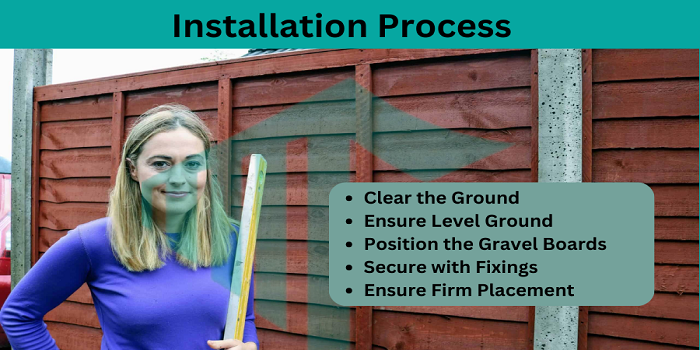
| Step | Explanation |
| Clear the Ground | Remove any debris, rocks, and plants from the area where the gravel boards will be installed. Make sure the ground is level to ensure a smooth installation process. |
| Ensure Level Ground | Check the ground with a level tool to confirm it is even. This helps in aligning the gravel boards properly and ensures the fence stands straight and sturdy. |
| Position the Gravel Boards | Place the gravel boards along the base of the fence, ensuring they are aligned correctly. This step is crucial for the overall stability and appearance of the fence. |
| Secure with Fixings | Use appropriate fixings, such as screws or bolts, to attach the gravel boards to the fence posts. Make sure the fixings are suitable for the material of both the boards and the posts. |
| Ensure Firm Placement | Double-check that the gravel boards are firmly in place. They should provide adequate support to prevent the fence from sagging or shifting, ensuring long-term stability. |
Maintenance Tips for Gravel Boards
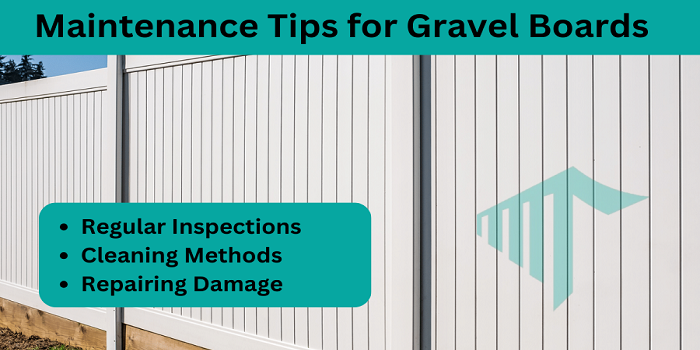
- Regular Inspections
Inspect your gravel boards regularly for signs of damage or wear. Early detection of issues can prevent more significant problems later.
- Cleaning Methods
Keep gravel boards clean by removing dirt and debris. Use a mild detergent and water for wooden boards and a pressure washer for concrete ones.
- Repairing Damage
Repair any damage promptly to maintain the integrity of the fence. Replace broken or rotten boards as needed.
Conclusion
Hence Gravel Boards for fencing are essential for any long-lasting and strong fence. As they provide protection, enhance durability, and improve the overall look of your fence. Whether you choose wood, concrete, or composite, gravel boards are a wise investment for maintaining a beautiful and robust fence.
Read More Gravel Boards For Fencing: The Foundation of Strong, Long-Lasting Fences
FAQs
Gravel boards are horizontal boards placed at the base of a fence to protect it from moisture and rot.
The lifespan of gravel boards depends on the material, but they generally last for several years with proper maintenance.
Yes, with the right tools and instructions, you can install gravel boards yourself.
The best material depends on your needs. Concrete is durable, wood offers a natural look, and composite provides a mix of both.
No, gravel boards are relatively low maintenance. Regular cleaning and inspections are usually sufficient.

